I did a little research over the weekend into one of the top movement producers in Switzerland, Sellita. It can be difficult to find details on under-the-radar companies like Sellita – they didn’t exhibit at industry fairs and “have no particular need to advertise,” according to a 2014 Europa Star article. They just quietly built over a million watch movements per year, leveraging a network of subsidiaries and suppliers in Switzerland, Germany, and elsewhere.
Visit the following pages to explore this new information:
Update: I did a little more research over the weekend and uncovered a few more interesting facts: Sellita’s ETA 2893-2 clone, Cal. SW330-1, first appears in March, 2015, a full 7 years after their 2892A2 clone, Cal. SW300-1, appeared. Read more about my Sellita SW300 research!
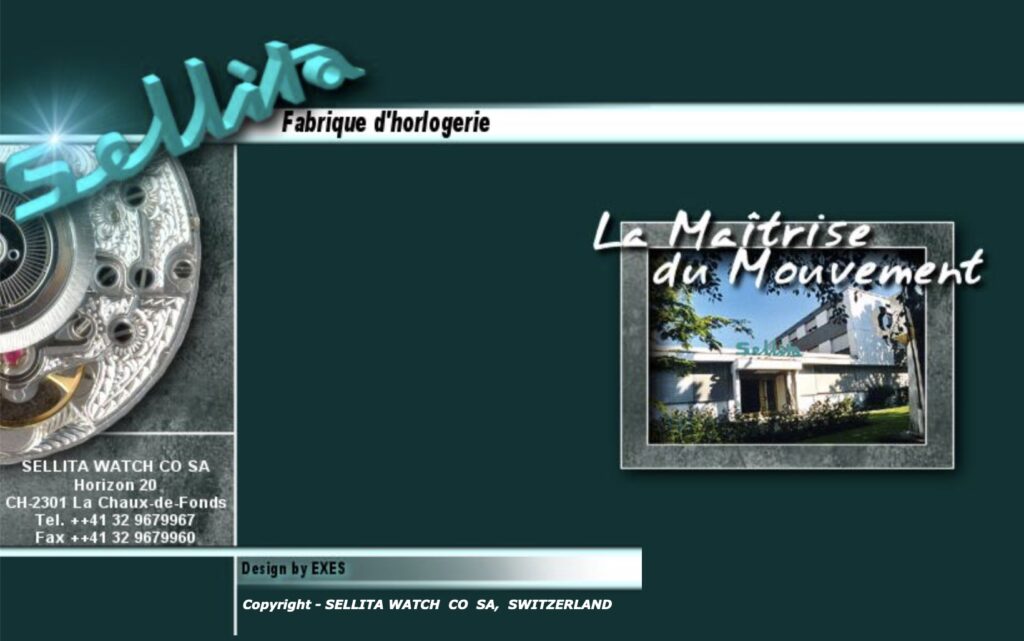
A History of Sellita
Sellita was founded in 1950 as an etablisseur (assembler) of watch movements and components. In the 1980s, they found a niche assisting companies like ETA in watch movement assembly. It is said that they were producing more ETA movements than the parent company!
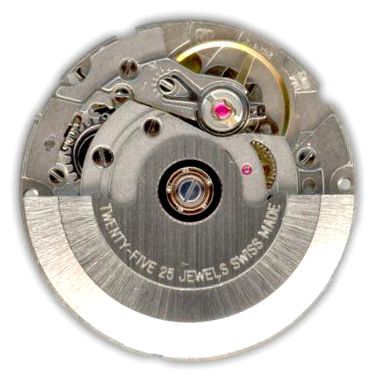
In 1990, ETA announced that they would stop using third-party manufacturers like Sellita, so the company began simply assembling and finishing movement kits for other brands. In 2002, ETA warned that they would begin restricting availability of components, a move that would be catastrophic for Sellita. Founder Pierre Grandjean decided to sell the business.
New owner Miguel Garcia had a different plan, one that would re-establish Sellita as one of the top movement manufacturers in Switzerland. Nicolas Hayek, CEO of Swatch Group, suggested that third parties like Sellita could produce their own clones of the ETA 2824 and other movements, since the patents had just run out. Because they already had decades of experience manufacturing these movements, Sellita was uniquely positioned to take up the challenge. They were able to produce nearly every part, though the assortment (escapement, balance, and hairspring) would still be sourced from Swatch’s Nivarox.
Soon, Sellita would launch their own ETA 2824-2 clone, the SW200 family, and rise again to prominence. These movements were in production by 2008, along with Cal. SW300, a clone of ETA’s 2892A2. In 2009, a Valjoux 7750 clone, Cal. SW500, was also released. Sellita expanded the range in 2014 with the SW1000, a compact calibre of their own design. Today, the company produces well over a million movements per year and stands as the primary supplier for dozens of respected companies. They still rely on Nivarox assortments, however, posing serious challenges going forward.
Read more: An Exclusive Peek Inside The Sellita Manufacture! (From The Archives)
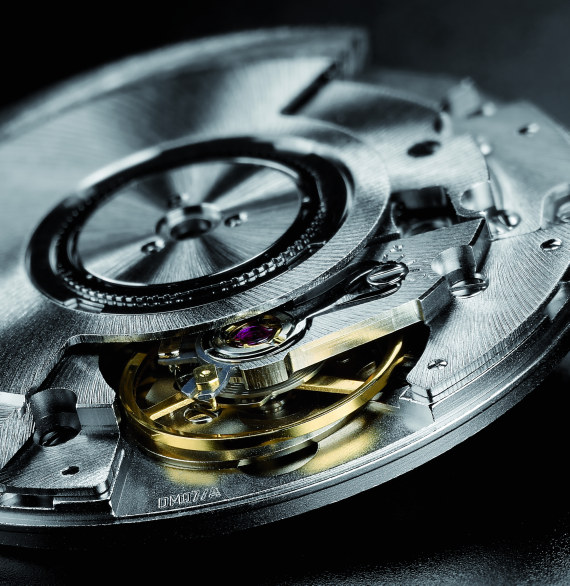
Research Notes
Although Sellita has been in business since 1950, the period I was most interested in was 2002-2010, when the company launched their SW200, SW300, and SW500 movement families. This nicely coincides with the Archive.org website collection range, which captures most websites since 2000. My typical process is to begin at the earliest archive image and “walk” forward monthly, recording changes to identify movement introduction dates.
Sellita added a catalog of movements to their site in 2004, so this was my start. That page shows only Sellita-constructed or finished versions of ETA movements until the site was redesigned in 2008. This includes Cal. 7001, Cal. 2660, 2671, 2678, and 2681, Cal. 2801-2, 2804-2, 2824-2, 2834-2, and 2836-2, and Cal. 2892-2 and 2893-2. It certainly appears that the company was focused on these movements throughout this period. This was a surprise, since many sources claim that Sellita announced their own SW200 family as early as 2002 and began production in 2004.
My next attempt to establish a date of introduction for the SW200 series was to look for contemporary news reports. I searched my own collection of watch magazines (QP, WatchTime, Europa Star) and the earliest mention of the Sellita SW200 series was 2008. I then searched Google, constraining the search by date, and the earliest mention I found was a November, 2007 article in A Blog to Watch with the strange title, “Sellita Movement Makers: A Little Bit of China In Switzerland“. I find this strange because there is no evidence that Sellita sources components from China, despite Ariel Adams’ headline.
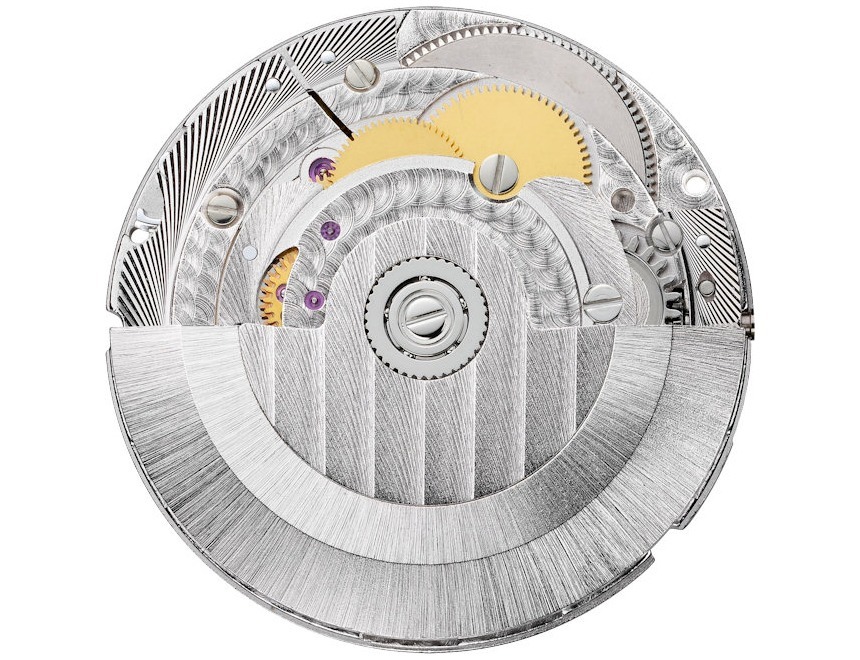
Therefore, I find it safe to say that the Sellita SW200 family was not in production (or at least named) until 2007. It is possible that the company slowly transitioned from ETA components to their own parts before this date, but “SW200” as a separate movement line did not exist. And since the hallmark of Cal. SW200 is an extra jewel over ETA’s 2824, one would thing it would be notable if it was “in the wild” before this.
Then there is the question of the “dash-1” variant of Sellita’s movements. A Sellita technical document dated August 19, 2008 shows that the company changed the tooth profile of three gears to make them more robust. This was clearly noted in the press, and Sellita’s own website shows Cal. SW200-1, SW220-1, and SW240-1 listed in Dec. 2008. The non “dash-1” versions could not have been sold for very long!

It is also interesting that the SW300 series was already listed in December 2008, since these have often been suggested to be later additions to the line. Clearly Sellita’s 2892A2 clone was available throughout the 2010s. Cal. SW260-1 first appears in 2011, with a gap in the Archive until 2014, when calibres SW221-1 and SW290-1 are listed. 2015 is the first appearance of the SW400 family, as well as calibres SW210-1 and SW215-1 (both of which lack the “M” in the name seen later).
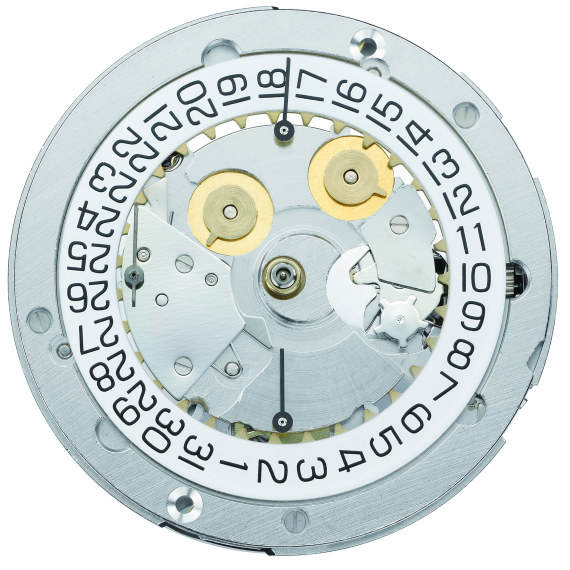
Research Continues!
The next big change comes in 2019, when the site is again redesigned and an explosion of movement variations appears. Today Sellita’s site lists hundreds of different variations across 11 different movement families! Although these are now well documented, it poses a challenge for me as I update the website! Watch for more Sellita updates in the months ahead.